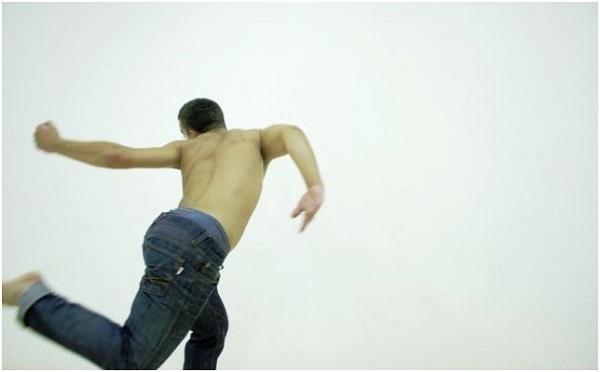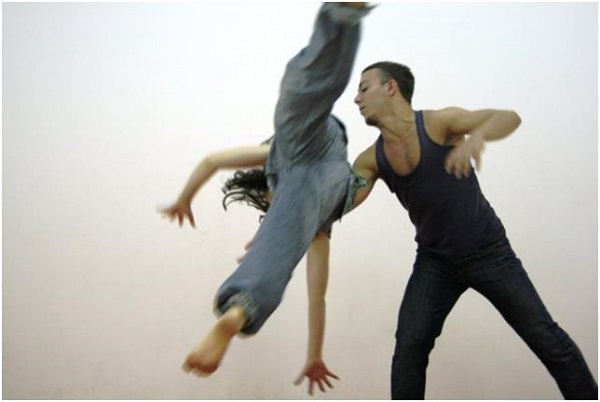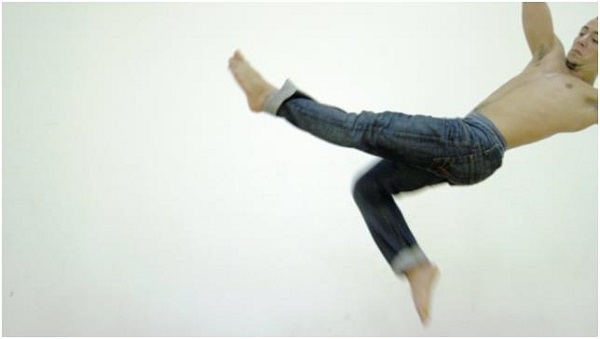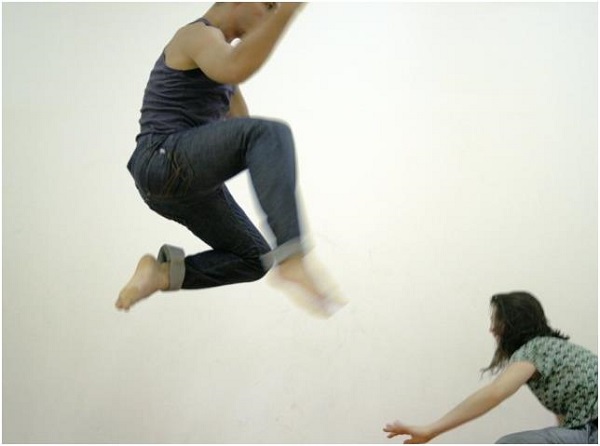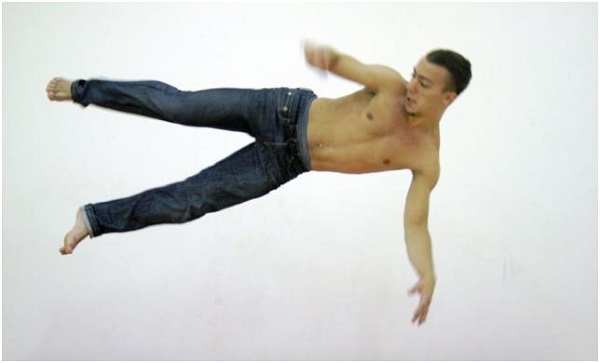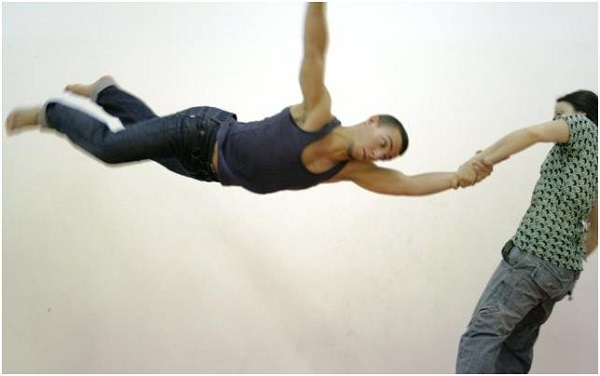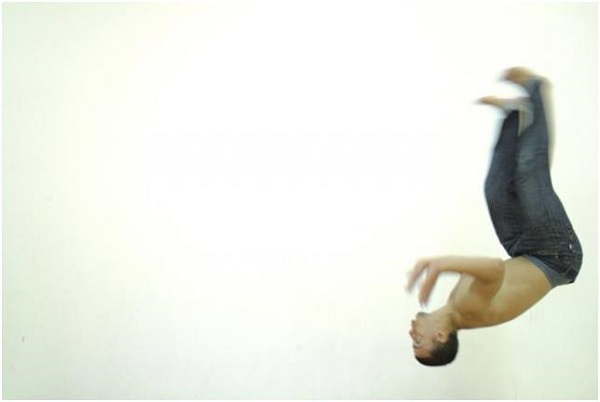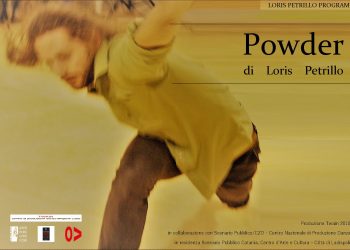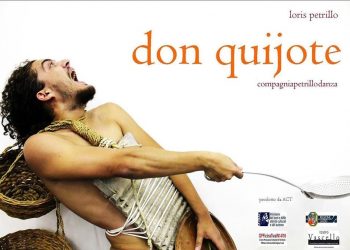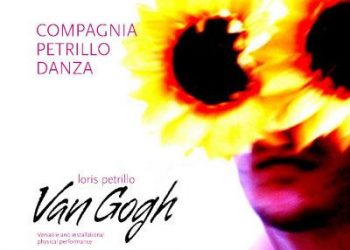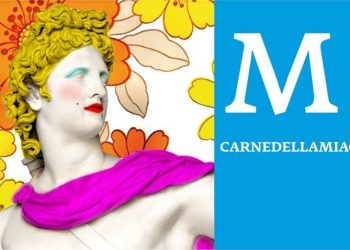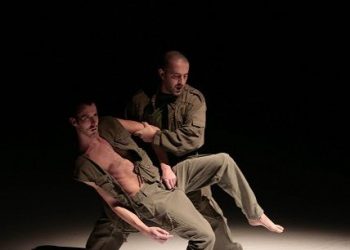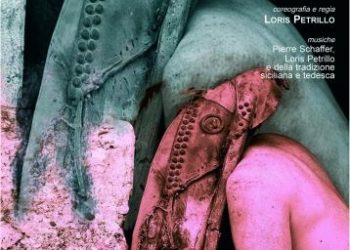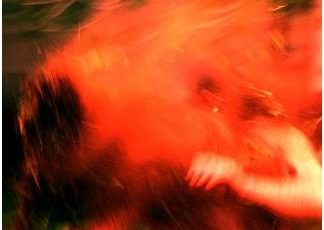ONE PLUS ONE EQUALS ONE
ONE PLUS ONE EQUALS ONE
Choreographer and director: Loris Petrillo
Live music and electronics: Pino Basile
Light design: Loris Petrillo
Costumes: Pappalardo
With: Pino Basile, Massimiliano Burini, Bastien Cambon, Rosanna Cannito, Nicola Cisternino, Maria Stella Pitarresi, Paula Romero Raga
Duration: 60 min. ca.
Ministero per i Beni e le Attività Culturali
Coproduction Fondazione Teatro Comunale di Modena/MDA Produzioni Danza/Compagnia Petrillo Danza
In collaboration with Scenario Pubblico – International Choreographic Centre Sicily e Danzarte
MDA / COMPAGNIA PETRILLO DANZA
la coreografia di Petrillo accende il piacere di una danza molto fisica, incessantemente dinamica, ben interpretata dai giovanissimi e atletici danzatori, unitamente alla intensa fruizione delle imprevedibili sonorità create da Basile.
Daniela Cecchini
The idea originates from a particular scene of film Nostalghia by Andrej Tarkovsky, in which one of the characters, Domenico, pouring two drops of oil into his hand, explains the 1 +1 = 1 equation written on the wall of his house: a drop plus a drop make a bigger drop, not two.
This strange but special observation led Loris Petrillo to experiment with this absurd premise in dance, starting from the examination of dancer’s body as a “sound instrument” and the relationship of the latter with an empty space. The result is a consequential relationship between space, body and sound, within which they mingle and investigate each other.
Actually, everybody, by means of a technology applied to it, produces a sound. Through the exploration of the mobile capabilities of the dancer’s body and the use of this technology, the dancer can consequently turn his body into a musical-visual instrument. The relationship of the sound with the body is then amplified by the relationship between the sonorous body and space, and it is here that the single physical acoustic units become one instrument in the visual space, producing a more complex and detailed sound composition.
The question that this experimenting brings with it is:
“Is it the body that produces a sound or is it the sound that produces the movement?
And does space affect the movement?
And does space change the sound?
The sound is inside, protected by the body, and so it moves around the listener. The theatre is the surrounding area that models itself on a void shocked by the change, a film being altered with regard to the movement of the sound that lives within it, like the skin of a Dancer.
Thanks to the study of this mathematical formula, Loris Petrillo takes further steps in the direction of an increasingly pure research of dance and movement around a sound space. The resulting show has drawn from a journey through the technology applied to the bodies and what is produced as a result.
Experimental research on the rapport between
SOUND / MOVEMENT / MATHEMATICS
Always involved in studying the relationship linking the thinking mind and the dancing body, after “Il cece nel secchio”, a treatise on madness and normality, “La pelle del popolo nudo”, a view of the heroic story of the Sicilian separatists and “M.carnedellamiacarne”, an intense and sensual reflection on the complex character of Medea, in his new work, Loris Petrillo addresses pure experimentation. Until now engaged in a need for social, cultural and political criticism, for the time being, he has set aside the more reflective nature of his dance and in the form of experimental research, makes a sound, movement and mathematics converge in their most concrete relationship upon the same platform.
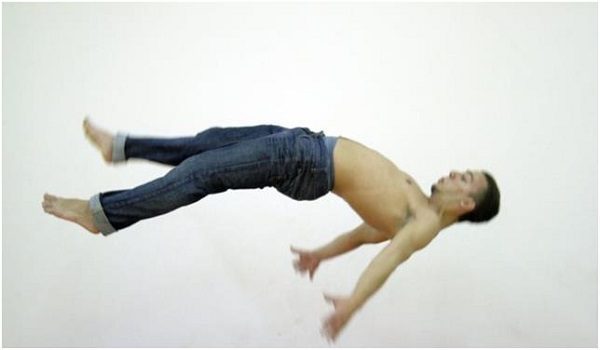
Sound
A harmonious ensemble of percussive rhythms is created by instruments – not instruments which include percussion in the strict sense (few and of ephemeral tradition), recycled objects made during the work process, sounds made by bodies in motion amplified by microphones and piezoelectric sensors scattered around the stage, all performed live or recorded through analogue loop generators in real time.
Movement
The moving bodies, with the harmony of some, the more circus-like high athleticism and remarkable theatricality of others determine the visual drama of the show, a succession of scenes, alternating from one of a clownish nature to an extremely tense one, and another at a lively pace and very physical.
Mathematics
But the language that dominates the entire work and most concretely relates to the sound and movement elements is the mathematical language consisting of machine numbers, because just as when from one number you can generate an infinite series of numbers and chance combinations and theorems that govern our knowledge, in the same way, that a gesture or a sound can create endless and chance combinations, geometries and compositions that govern the world of vision and perception.
The inspiration comes from the Solkattu, an ancient and sophisticated mathematical system of rhythmic/voice management of Indian origin (Karnataka), which is older than Western music system and directly associates numbers to sound and rhythmic events.
So the show is like a score of images in which the sounds are movement, the bodies are music and the math is rhythm, all enclosed within that space in common, which is the stage/box.
Dates
- 9 March 2012 – Prima Assoluta - Teatro delle Passioni - Modena
- 10 March 2012 – Teatro delle Passioni - Modena
- 18 April 2012 – Teatro Nuovo Montevergini - Palermo
- 19 April 2012 – Teatro Nuovo Montevergini - Palermo
Other creations
